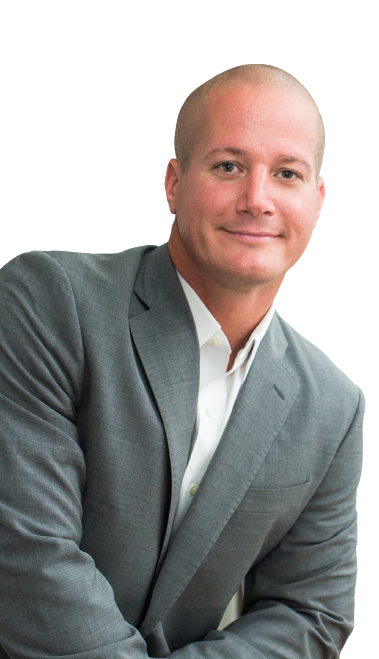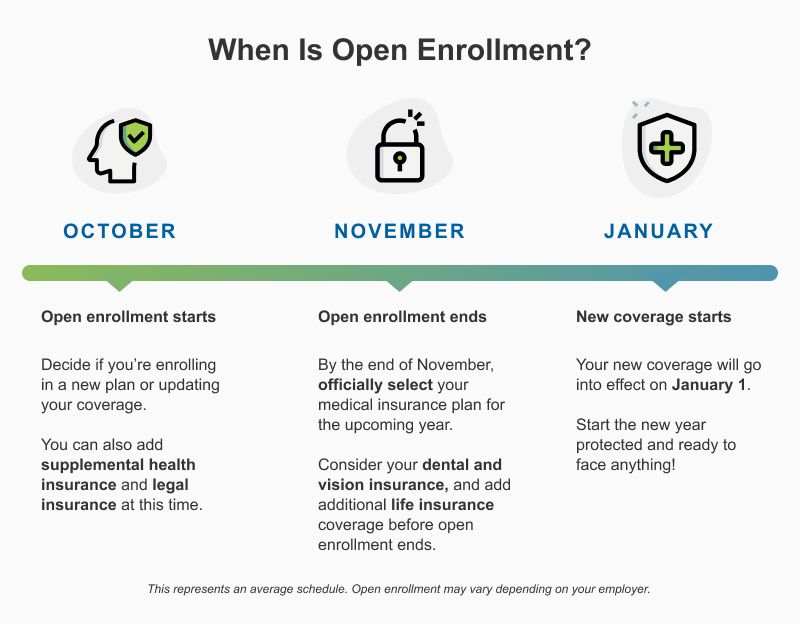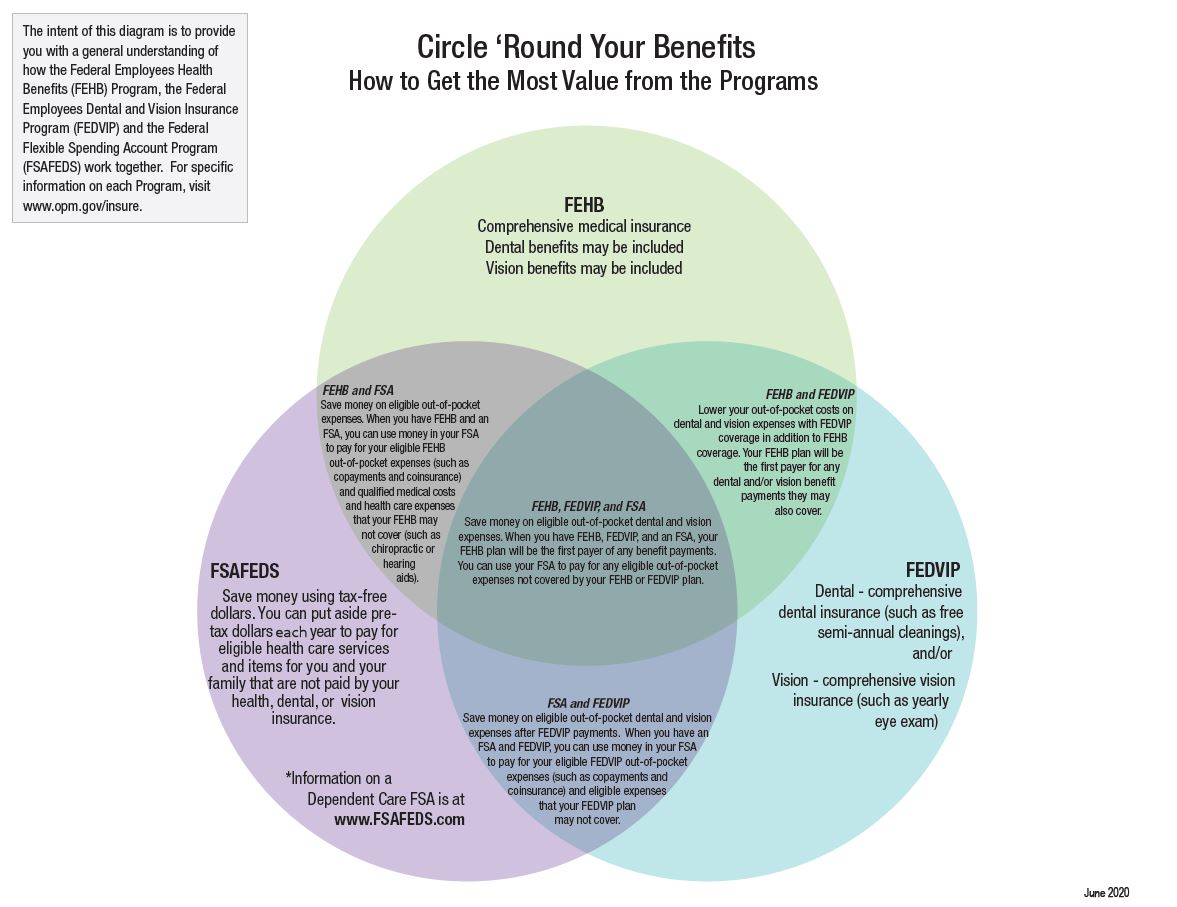Some Ideas on Medicare Advantage Agent You Need To Know
Some Ideas on Medicare Advantage Agent You Need To Know
Blog Article
Some Known Details About Medicare Advantage Agent
Table of ContentsThe Greatest Guide To Medicare Advantage AgentSome Known Questions About Medicare Advantage Agent.What Does Medicare Advantage Agent Mean?


follows from complies with the relatively young fairly profile of account uninsured with without insurance better healthFar better wellness average, of younger personsMore youthful For those without accessibility to office health and wellness insurance policy, inadequate health is a prospective barrier to purchasing nongroup coverage due to the fact that such coverage might be very priced, leave out preexisting problems, or be just unavailable. Unless otherwise noted, nationwide estimates of people without health and wellness insurance coverage and percentages of the populace with various kinds of coverage are based on the CPS, the most commonly utilized resource of estimates of insurance policy coverage and uninsurance prices.

The 10-Second Trick For Medicare Advantage Agent
Over a three-year period starting early in 1993, 72 million people, 29 percent of the U.S. population, lacked coverage for at the very least one month. Within a solitary year(1994), 53 million people experienced at the very least a month without protection(Bennefield, 1998a). 6 out of every 10 without insurance adults are themselves employed. Although working does enhance the likelihood that a person and one's member of the family will certainly have insurance, it is not a guarantee. Also members of households with 2 full-time wage income earners have nearly a one-in-ten chance of being without insurance (9.1 percent without insurance price)(Hoffman and Pohl, 2000 ). The partnership between wellness insurance and accessibility to care is well developed, as documented later on in this chapter. Although the connection between health insurance coverage and health end results is neither direct nor simple, a comprehensive scientific and health solutions study literature web links wellness insurance protection
to better access to care, far better top quality, and boosted personal and population wellness status. For instance, the 2nd report, on personal health results for uninsured grownups, is represented by the innermost circle of the figure, while the 3rd report, on household health, encompasses the topics of the 2nd report however highlights a different unit of evaluation, particularly, the family. The sixth report in the collection will certainly present details about strategies and efforts carried out locally, statewide, or nationally to attend to the lack of insurance policy and its negative influences. Degrees of evaluation for taking a look at the effects of uninsurance. This conversation of medical insurance protection concentrates largely on the U.S. population under age 65 because basically all Americans 65 and older have Medicare or various other public coverage.
It focuses particularly on those without any type of wellness insurance coverage for any length of time. The issues encountered by the underinsured remain in some aspects comparable to those encountered by the uninsured, although they are generally less severe. Uninsurance and underinsurance, however, involve clearly various policy issues, and the approaches for addressing them may vary. Throughout this research study and the five records to adhere to, the main emphasis gets on persons without any wellness insurance policy and hence no support in spending for health and wellness care beyond what is readily available via charity and safeguard establishments. Medical insurance is an effective element impacting receipt of care due to the fact that both people and physicians reply to the out-of-pocket cost of solutions. Medical insurance, nevertheless, is neither necessary neither adequate to get to clinical solutions. The independent and direct impact of health
insurance coverage on access to health wellness is well established. Others will acquire the health care they need even without health insurance policy, by paying for it out of pocket or seeking it from service providers who look here supply care totally free or at extremely subsidized rates. For still others, medical insurance alone does not make sure receipt of treatment as a result of other nonfinancial obstacles, such as an absence of wellness treatment companies in their community, minimal accessibility to transport, illiteracy, or linguistic and social differences. Formal research concerning uninsured populations in the United States dates to the late 1920s and very early 1930s when the Committee on the Price of Healthcare produced a series of reports regarding financing medical professional office gos to and hospitalizations. This problem ended up being prominent as the varieties of clinically indigent climbed during the Great Anxiety. Empirical researches regularly sustain look at this site the link between access to care and boosted health and wellness outcomes(Bindman et al., 1995; Starfield, 1995 ). Having a regular source of care can be thought about a forecaster of gain access to, instead of a direct step of it, when health outcomes are themselves utilized as accessibility signs. This extension of the idea of gain access to dimension was made by the IOM Board on Keeping Track Of Accessibility to Personal Healthcare Solutions(Millman, 1993, p. Whether or not moms and dads are guaranteed shows up to impact whether their kids get care along with how much careeven if the youngsters themselves have coverage(Hanson, 1998). The wellness of moms and dads can affect their capacity to take care of their youngsters and the degree of family members stress. Bothering with their kids's access to care is itself a resource of tension for parents. Three chapters comply with in this record. Phase 2 supplies an overview of exactly how employment-based medical insurance, public programs and private insurance plan operate and connect to supply considerable however incomplete protection of the U.S. population. This consists of a testimonial of historical patterns and public laws affecting both public and private insurance coverage, a conversation of the interactions amongst the different sorts of insurance, and an examination of why people move from one program to an additional or end up

Report this page